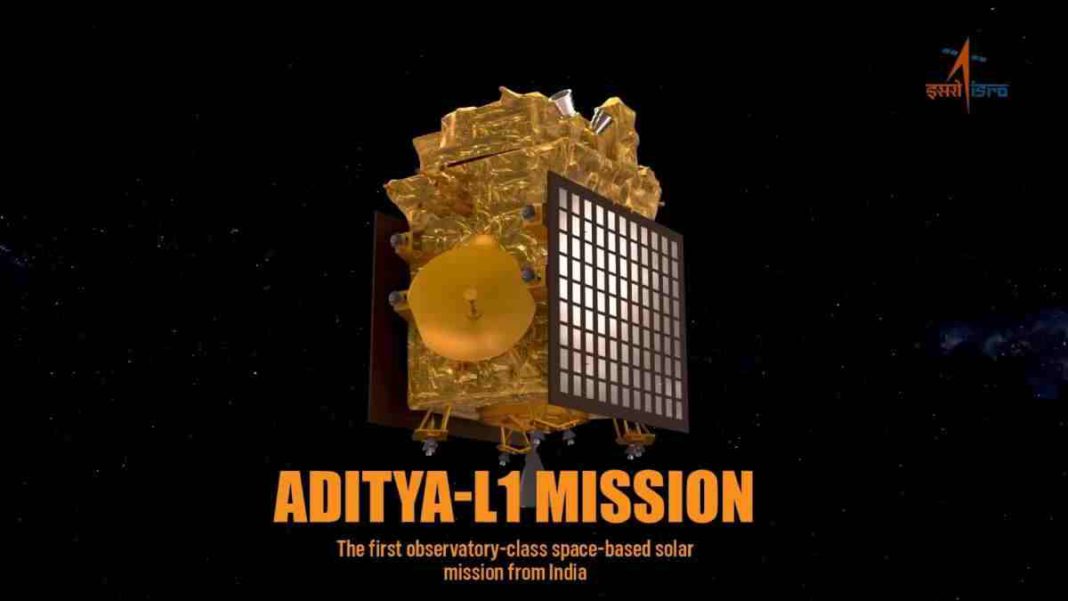INDIA: The Indian Space Research Organisation (ISRO) marked another milestone in its space exploration endeavours as the Aditya-L1 spacecraft successfully performed a Trajectory Correction Maneuver (TCM) on October 6, ensuring it stays on its intended path towards the Sun-Earth Lagrange Point 1 (L1).
The manoeuvre, lasting approximately 16 seconds, was a crucial adjustment following the Trans-Lagrangean Point 1 Insertion (TL1I) manoeuvre conducted on September 19.
In an official statement released on Sunday, ISRO confirmed the spacecraft’s good health, stating, “The spacecraft is healthy and on its way to Sun-Earth L1. A Trajectory Correction Maneuver (TCM), originally provisioned, was performed on October 6 for about 16 seconds.”
This correction manoeuvre guarantees that the Aditya-L1 will enter its intended Halo orbit around L1, a point located 1.5 million kilometres from Earth in the direction of the Sun.
The Aditya-L1 mission launched aboard the PSLV-C57.1 rocket from the Satish Dhawan Space Centre on September 2 aims to revolutionize our understanding of the Sun.
Following its successful departure from Earth’s sphere of influence on September 30, the spacecraft is progressing steadily towards its observation point. Scientists anticipate that it will reach L1 in the next four months.
One of the critical features of the Aditya-L1 mission is its array of seven sophisticated payloads, each designed for specific solar observations.
Four of these payloads will focus on studying the light emitted by the Sun, while the remaining three will measure in-situ parameters of plasma and magnetic fields.
The primary objectives of this mission include investigating the solar corona, its heating mechanisms, solar wind acceleration, solar atmosphere dynamics, solar wind distribution, and the origin of phenomena like Coronal Mass Ejections (CME) and solar flares. Understanding these solar phenomena is crucial for comprehending their impact on near-Earth space weather.
ISRO also revealed that the spacecraft’s magnetometer will be activated again in the coming days as it continues its journey, providing valuable data for scientific analysis.
Also Read: India’s ISRO Prepares for Shukrayaan-1: A Glimpse into Venus’s Mysteries



